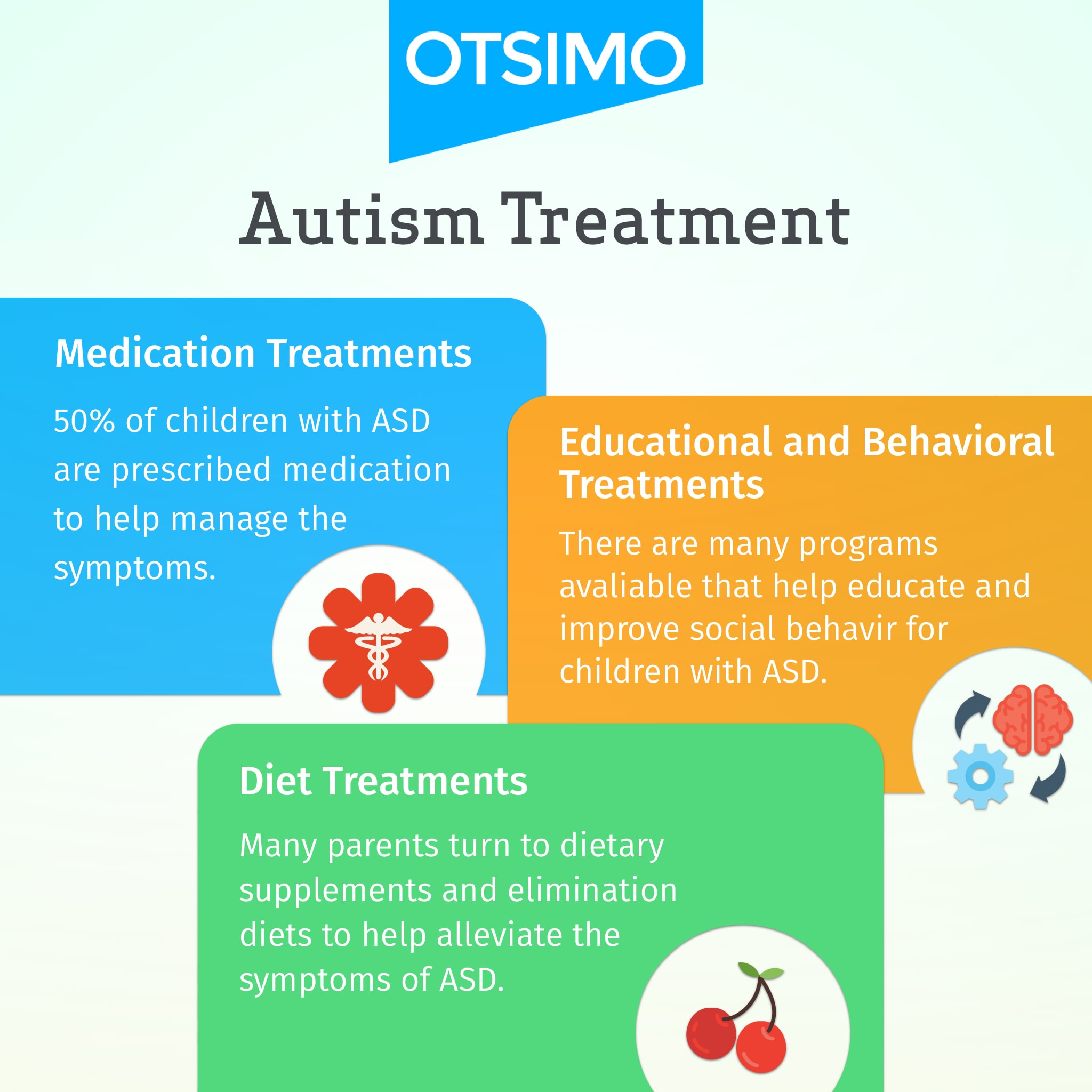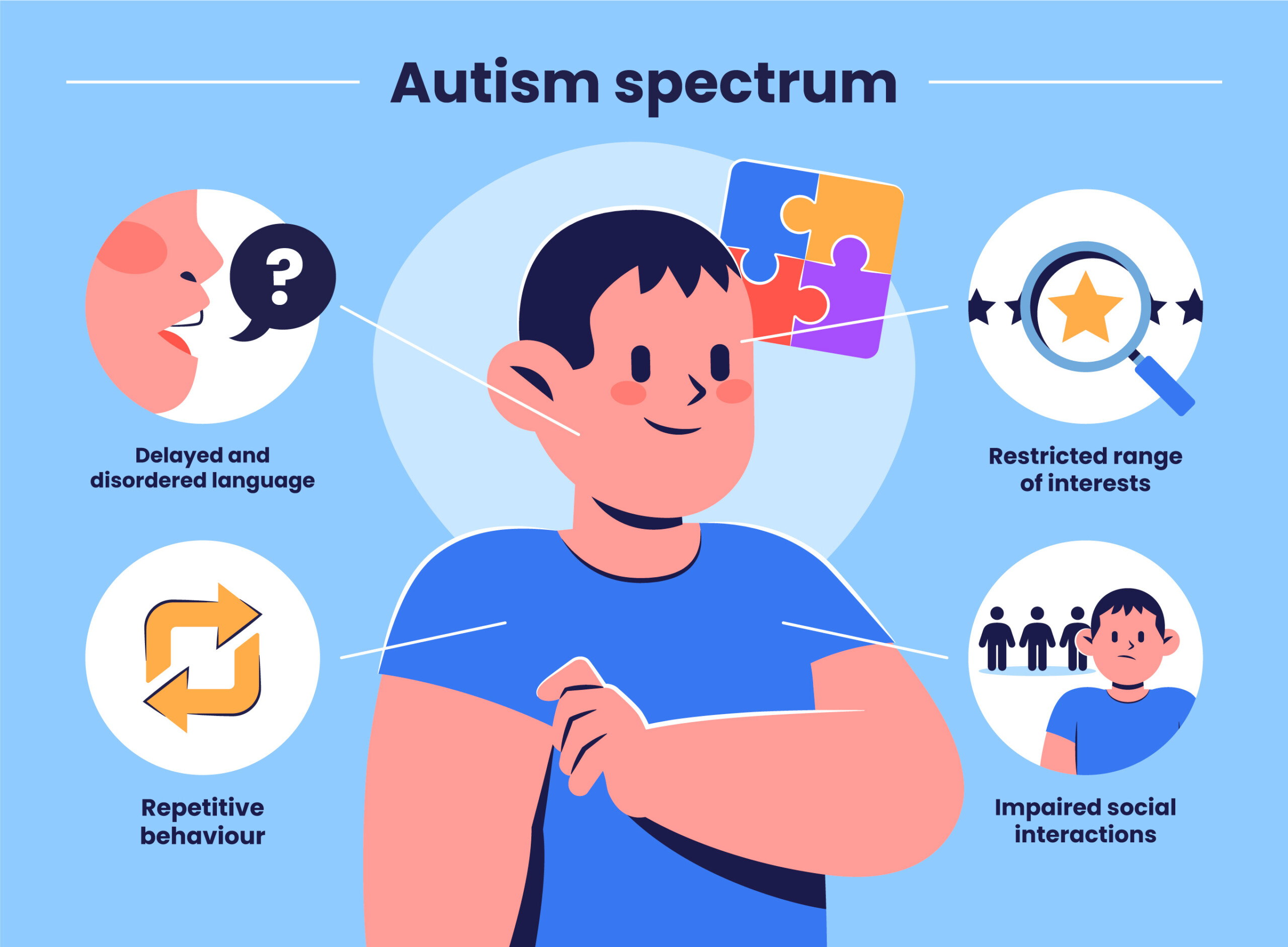Comprehending the Impact of Behavioral Autism on Day-to-day Live and Social Interactions
You could not recognize how deeply behavioral autism impacts day-to-day live and social communications. People on the range usually navigate a world filled with communication difficulties and sensory overload. These obstacles can cause disappointment and seclusion, affecting their relationships and general well-being. Understanding these subtleties is important for cultivating helpful atmospheres. What strategies can we apply to create even more comprehensive spaces and purposeful connections? The responses could amaze you.
Defining Behavior Autism and Its Characteristics
Behavior autism, usually described as autism spectrum problem (ASD), encompasses a series of conditions identified by challenges in social interaction, communication, and repeated behaviors. You could discover that people with ASD usually struggle to interpret social hints, which can cause misunderstandings in conversations. They might discover it hard to establish eye contact or engage in tiny talk, making social situations really feel overwhelming.
Interaction difficulties can manifest in different ways, from postponed speech growth to a choice for using less words. By identifying these traits, you can foster an atmosphere that promotes acceptance and motivates effective communication, assisting people with autism thrive in their daily interactions.
The Range of Autism: Recognizing Irregularity in Behavior
Autism spectrum condition (ASD) isn't a one-size-fits-all medical diagnosis; it differs widely amongst individuals. You may discover that some individuals with ASD display mild signs, while others may deal with much more substantial challenges. This variability can show up in actions, rate of interests, and sensory level of sensitivities. You might come across individuals that are extremely spoken and involve conveniently in conversations, while others might prefer singular activities or communicate non-verbally.
In addition, the way individuals with ASD react to sensory input can vary considerably; some may be bewildered by intense lights or loud sounds, whereas others grow in stimulating atmospheres. The range also includes distinctions in social interactions; some individuals may battle to interpret social cues, while others browse social setups with loved one ease. Comprehending this variability is crucial, as it assists you value everyone's one-of-a-kind experience and tailor support to their certain demands, cultivating a much more inclusive environment for everyone.
Communication Obstacles Dealt With by Individuals With Autism
When you engage with people on the autism range, you may observe their special interaction difficulties. They commonly deal with problems with both verbal and nonverbal signs, which can affect their social communications. Recognizing these obstacles is essential for promoting better links and assistance.

Verbal Interaction Troubles
Lots of people on the autism range experience spoken communication troubles that can considerably influence their day-to-day communications. Your pace, quantity, or tone might not straighten with social assumptions, triggering others to misunderstand your purposes. Acknowledging these obstacles can assist you and your assistance network create techniques to enhance interaction and promote much better connections with others in your day-to-day life.
Nonverbal Communication Obstacles
Spoken interaction isn't the only difficulty people on the autism range face; nonverbal communication barriers can be simply as significant. These challenges can lead to misunderstandings or misinterpretations of social cues, making interactions feel overwhelming or complicated. By addressing nonverbal interaction, you can discover strategies to boost your social experiences and improve your total quality of life.
Social Interaction Impacts
Social interactions can usually really feel frustrating due to the special interaction challenges encountered by individuals with autism. Recognizing these obstacles can assist you discover strategies to boost interaction, such as exercising social skills in safe setups or using aesthetic help. Comprehending your needs permits you to browse social interactions with better confidence and convenience.
Social Interaction and Partnership Building in Autism
While building partnerships can be challenging for people with autism, understanding their one-of-a-kind perspectives and interaction styles can promote meaningful links. You could discover that many people on the range choose direct interaction and may fight with social signs or little talk. By being uncomplicated in your interactions, you can assist develop an environment where they really feel comfortable.
Involving in shared interests can also serve as a bridge to deeper connections. Whether it's a pastime, a preferred program, or a common passion, these common threads find out here can open up doors to relationship.
Daily Life Routine: Navigating Techniques and difficulties
Steering day-to-day life routines can be especially testing for individuals with autism, especially when unexpected adjustments take place. To browse these difficulties, consider implementing aesthetic routines or checklists.
Developing a routine that consists of sensory breaks can likewise be beneficial. You can intend time-outs throughout your day to recharge. It's important to communicate with those around you, allowing them know your demands and preferences. This helps develop an understanding atmosphere.
Lastly, technique mindfulness methods to manage anxiety and anxiety. Basic breathing exercises or basing techniques can make a substantial distinction. By including these methods, you can enhance your everyday regimen and reduce disruptions, making life feel extra convenient.
Toughness and Capacities of Individuals on the Autism Range
Comprehending everyday life regimens is just one aspect of the autism experience. Numerous individuals on the autism range possess remarkable staminas and capacities that set them apart.
Moreover, your memory skills often radiate, particularly in areas of rate of interest. Autism Spectrum Therapies. This propensity for maintaining info can make you a useful source in fields like innovation, scientific research, or art. You may also exhibit solid aesthetic thinking, allowing you to picture complicated ideas and solve problems creatively
Additionally, your one-of-a-kind viewpoint on the world can cultivate empathy and understanding in others, enhancing social interactions. Welcoming these toughness not just boosts your self-confidence yet additionally helps others appreciate the diverse skills you offer the table.
Producing Inclusive Settings for Individuals With Autism
Creating comprehensive environments for people with autism starts with making sensory-friendly areas that deal with their one-of-a-kind demands. You can likewise foster chances for social interaction, aiding to develop relationships and connections. By making these changes, you'll add to a much more welcoming atmosphere for every person.
Designing Sensory-Friendly Spaces
While designing sensory-friendly rooms, it's important to assess the special demands of individuals with autism. Beginning by choosing relaxing colors and soft lights to develop a soothing atmosphere. When overwhelmed, include quiet zones where people can retreat and reenergize. You'll wish to reduce loud sounds and interruptions, utilizing soundproof products or white sound makers to help preserve harmony. Take into consideration responsive components like soft fabrics or fidget-friendly objects that can supply convenience. Determine that rooms are flexible, enabling simple reformation to suit various activities. Lastly, consist of visual routines or clear signage to assist individuals navigate the area confidently. By attentively incorporating these components, you can create an inviting environment that supports sensory requirements and advertises general wellness.
Promoting Social Communication Opportunities
Designing sensory-friendly rooms not just addresses specific comfort however also sets the stage for significant social communications among individuals with autism. Motivate peer mentoring, coupling individuals with autism with helpful peers that can assist them via social circumstances. By executing these methods, you can enhance social chances, helping individuals with autism construct friendships and reinforce their social skills in a safe, inviting environment.

Often Asked Questions
Exactly How Can Buddies Assistance A Person With Behavioral Autism?
You can sustain a pal with behavioral autism by holding your horses, paying attention proactively, and appreciating their borders. Engage in tasks they enjoy, interact openly, and produce a comfortable atmosphere where they feel valued and comprehended.
What Resources Are Offered for Moms And Dads of Kid With Autism?
You can explore numerous resources for parents of children with autism, including assistance groups, academic sites, and local social look at this web-site work. Getting in touch with various other moms and dads can likewise provide useful insights and shared experiences to help navigate challenges.
Can Behavioral Autism Adjustment With Time?

Yes, behavioral autism can transform gradually. You may discover this info here discover changes in communication, social abilities, and actions as your kid expands. Early intervention and support typically play crucial roles in these developing adjustments.
Exactly How Do Sensory Sensitivities Impact Life?
Sensory level of sensitivities can make day-to-day experiences overwhelming. You could deal with loud noises or bright lights, bring about stress and anxiety or avoidance. Locating settings that fit your requirements can significantly improve your convenience and total day-to-day life.
What Prevail Misconceptions Regarding Behavioral Autism?
You could assume behavioral autism only influences interaction skills, however it's even more facility. Several presume individuals lack empathy or knowledge, which isn't true. Comprehending these misunderstandings helps foster approval and assistance for those on the range.
Behavioral autism, typically referred to as autism range disorder (ASD), incorporates an array of conditions characterized by obstacles in social interaction, interaction, and recurring habits.Social communications can commonly feel frustrating due to the distinct interaction difficulties encountered by individuals with autism.Creating sensory-friendly areas not only addresses specific convenience but likewise sets the stage for significant social communications amongst people with autism. Encourage peer mentoring, coupling individuals with autism with helpful peers that can guide them with social situations. By implementing these methods, you can enhance social chances, aiding people with autism construct relationships and enhance their social skills in a risk-free, inviting atmosphere.